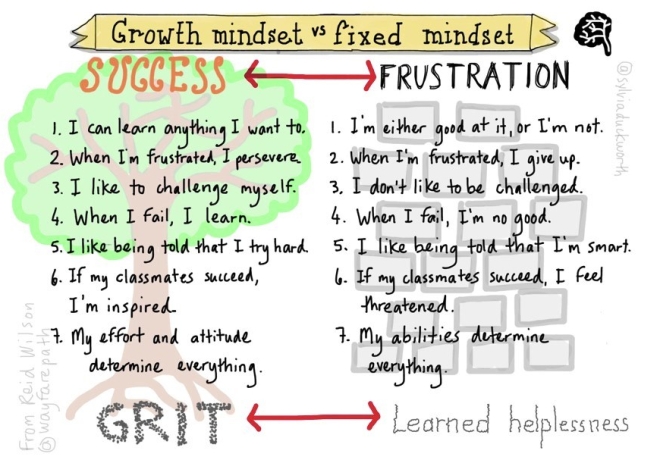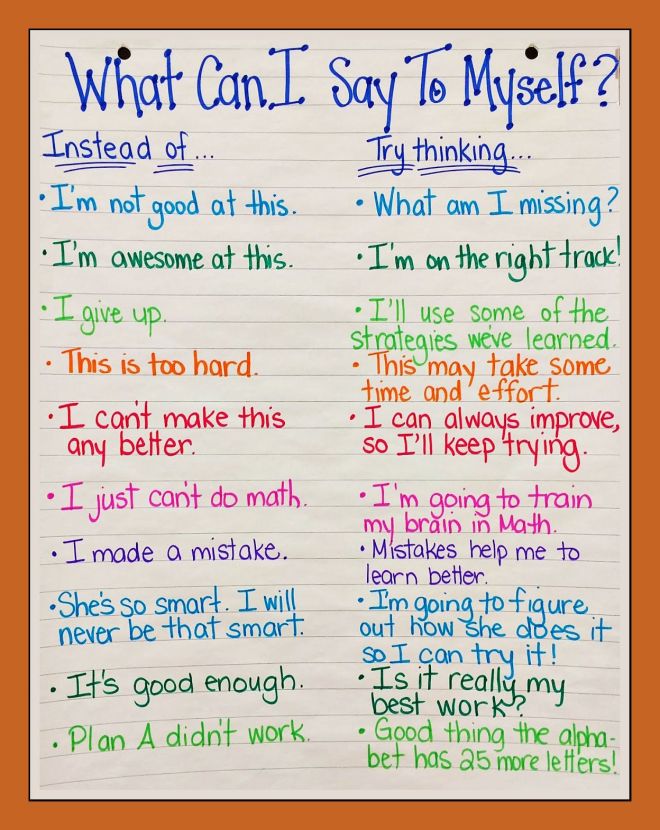Bullying is one of the biggest things students face- in person or online. When asked the question, how will you teach your students about bullying, I had to think long and hard about it. There are many different programs out there that you can use such as StopBully.gov and Stompoutbullying.org. When exploring, I found this great article that made me think. We teach students that bullying is not okay but we really don’t teach them how to help in that situation.
The word “bystander” comes up a lot when we talk about bullying. A bystander is someone who witnesses the bullying and/or cyberbullying in action, stand by and watch and do and say nothing. Often, the reason is that these students don’t know what to do, are afraid of retaliation from the bully or others. When teaching about bullying, we need to let the students know that by being a bystander, a message is being sent that this behavior is acceptable and can happen again.
I know that when I was taught about bullying and what to do, it was scary to think that I should just walk up to the person and tell them that this is not okay. STOMP Out Bullying gave a great list of things that a bystander can do to safely support the person being bullied:
- Don’t laugh
- Don’t encourage the bully in any way
- Don’t participate
- Stay at a safe distance and help the target get away
- Don’t become an “audience” for the bully
- Reach out in friendship
- Help the victim in any way you can
- Support the victim in private
- If you notice someone being isolated from others, invite them to join you
- Include the victim in some of your activities
- Tell an adult
The difference between a bystander and an upstander is that the upstander takes action in the bullying situation to help the person being bullied and/or try to defuse the situation. Being an upstander takes a lot. It takes courage, action, assertiveness, compassion, and leadership. A student can take action by:
- Telling the bully to stop
- Getting others to stand up to the bully with them
- Helping the victim.
- Shifting the focus and redirecting the bully away from the victim
- Telling an adult who can help
Click on the link below for a video that helps teach kids how to be an Upstander!
Be an Upstander – Prevent Bullying (by The NED Shows)






